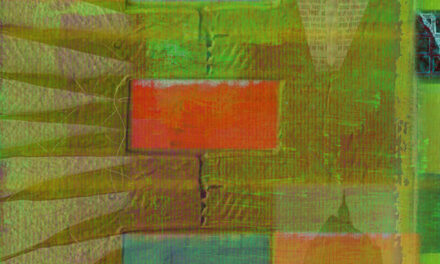When Joseph Wood Krutch’s The Voice Of The Desert was published in 1955, the southwest was on the cusp of the boom years of bulldozers and population growth.
Las Vegas was a small city of 56,000. Reno’s population was 59,000. Scattered throughout the rest of Nevada were another 122,000 people.
Sharing insight flavored with fact, Krutch presaged what was to come. He heard the scrape and grind of approaching bulldozers. He wrote The Voice of the Desert, The Great Chain of Life, Grand Canyon: Today and All Its Yesterdays, and The Forgotten Peninsula: A Naturalist in Baja California and The Desert Year just as the sunbelt boom was gathering steam.
Joseph Wood Krutch brings warmth, humanity and grace to his writing. In The Voice Of The Desert he mixes astonishment and wonder. He serves up us a kindly, inviting fashion of subjects such as the round-tailed ground squirrel’s diet of creosote seeds, the moisture absorbing inner apparatus of the saguaro cactus and the yucca moth pollenating pistils and the kangaroo rat, who “…uses no water for heat regulation.”
Krutch shows us how the land has been altered, plants with pros and cons which have brought here, those which are endemic and species which have adapted to the desert. He tells us why the desert floor is younger than its mountains and acquaints us with the primitive nature of the scorpion, “the first air-breather.”
He helps us better understand the road runner, the Sonoran spadefoot toad, Gambel’s quail and the ivory billed woodpecker. We’re introduced to facts such as…
“… a yucca no more than six or eight feet high may send a root forty feet below the surface in search of water.”
“There are some sixteen different species of kangaroo rats resident in the arid parts of the west.”
“To travel a thousand feet upward is, so far as climate is concerned, the approximate equivalent of traveling six hundred miles northward.”
To read, or to revisit Joseph Wood Krutch today is a bittersweet treat. Here we are a half century later and many, if not most of his gentle admonitions have been ignored. Admonitions such as…
“Workers in several different sciences are becoming more and more convinced that both the north temperate and arctic climates are growing milder. A minor evidence is the way in which certain animals and birds notably the possum, the turkey buzzard and the cardinal are extending their range into New England.”
And so we push on.






